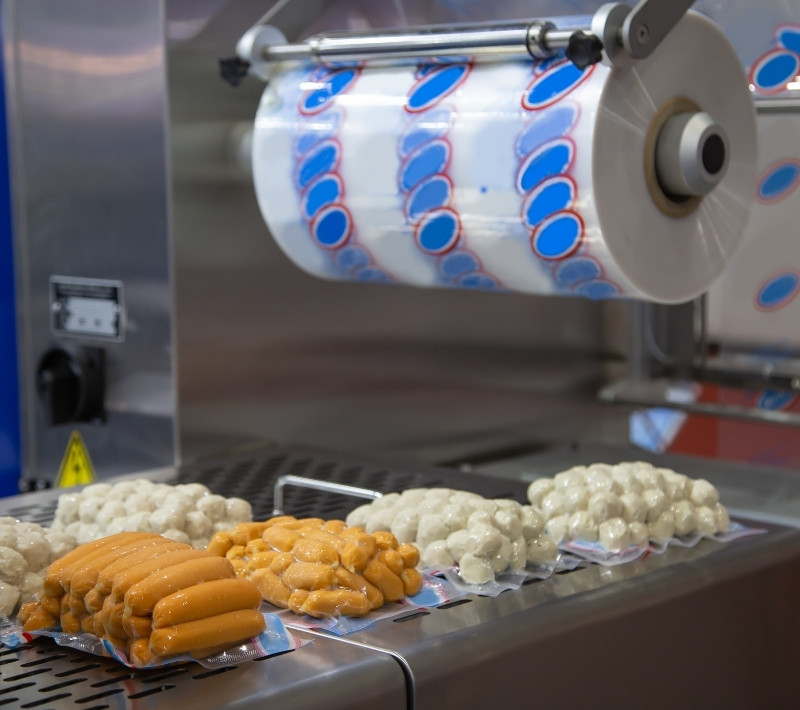- Food Research Lab provides expert consultation to help you pick apt packaging materials and methods for your food and beverage products.
- Food packaging and labelling play a significant role in influencing the marketability of a food product. A good food product without proper packaging will not appeal to the consumers.
- Packaging methods and materials evolve as the environment changes and the consumers' need for Ready-To-Eat, Ready-To-Cook, mildly processed food products that are palatable have a long shelf life and preserve quality rises. Metals (steel, tin, and aluminium), plastics, glass, wood, cardboard, papers, and other materials are all utilized in packing.
- As a result, determining which packaging for food goods is acceptable necessitates research and skill. For many food goods, plastic food packaging isn't the best option. Food Research Lab offers you a wide range of food packaging solutions along with support and technical advice from our experienced food technologists.

A Good Packaging Should Perform The Following Functions:
Protection: The food stored in the packaging requires protection from various factors such as vibration, shock, compression, temperature, and so forth.
Packaging must offer a barrier against oxygen, dust, water vapour, and other contaminants. A fundamental role is to keep the contents of the food fresh, clean, and safe for the specified shelf life.
Containment: Small food products are usually bundled together in one packaging for efficiency. Granular and powder food materials requires proper containment.
Label Information: All food product packaging must include labels stating the nutrition data, how to use, dispose of, the date of manufacture, and the expiration date of the package or product.
Marketing: Adequate food packaging with accurate information is critical in enticing potential customers to purchase the product, and in this instance, the food packaging design is equally significant. The more appealing the packaging design, the more likely it will be purchased.
Security: Proper packing may play an essential role in lowering shipping security hazards. There is no risk of food containers being damaged or polluted during shipment owing to tamper-evident features.
Convenience: Food packaging should contain characteristics that make handling, stacking, distribution, sale, display, re-closing, opening, usage, and reuse convenient.
Portion control: Finally, food packaging gives information on the exact quantity of components contained in that specific product.
Food Packaging consultants at the Food Research Lab research existing packaging solutions and also keeps updated with new packaging technological advancements. We analyze your product thoroughly and explore recent advances in food packaging before choosing the packaging material for your product.
Some of the predominantly used packaging material types are as follows;
- Aseptic Packaging
- Trays
- Bags
- Boxes
- Cans
- Flexible Packaging
- Cartons
- Coated Paper
- Wrappers
- Pallets
Packaging for food products is categorized into three levels based on the type of material and its use.
The primary level denotes the packaging material in contact with the food and contains it. The secondary level indicates the packaging that groups the individually packed food products in one single packaging, which is corrugated boxes in most cases. The tertiary level signifies the final packaging. This level is mainly stretch films or shrinkwraps that encloses multiple boxes, containers, tins, etc., for shipment and distribution purposes.
You can rely on our vast knowledge of the food packaging industry to select a packaging material for your food and beverage product that follow your specifications of cost, type, appearance, stability and design. Our packaging solutions ensure that all significant packaging functions are fulfilled and promote the product and brand value.






